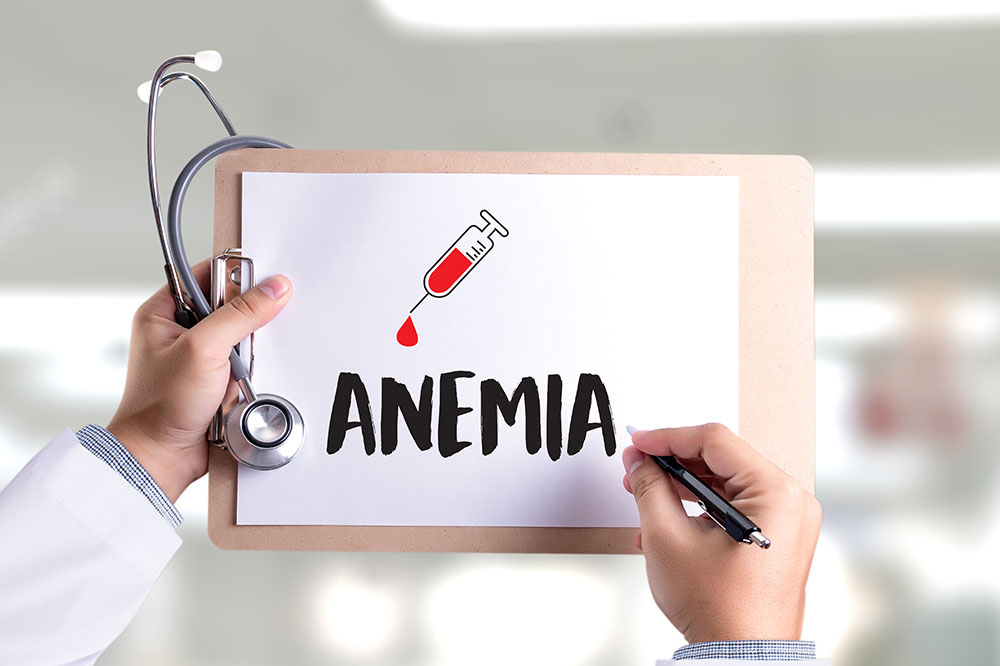Cholesterol – Its diagnosis and prevention

Cholesterol is a substance found in the blood. It is waxy in texture and although it is required for building healthy cells, cholesterol in high quantities can increase the chances of heart diseases. This could also lead to cardiac arrest. The reason is that high cholesterol results in the formation of fatty acids in the body. When the deposits grow beyond a certain level, it gets difficult for the blood to flow easily through the arteries. The deposits can sometimes grow exponentially and break out, causing a heart attack.
Progression of high cholesterol
There are no defined stages of cholesterol building in the body. However, one can easily categorize the formation and increase of cholesterol in the body into different phases of progression.
The first stage is when a person has high cholesterol and does not know it. At this stage, the body does not react. At the next stage, the body begins to store extra cholesterol in the arteries, and blood flow will have some problems. The buildup of cholesterol in the arteries will result in plaque. Plaque gets denser and the arteries become narrower, making it more difficult for blood to pass through. In the last stage, the plaque bursts, thereby causing a heart stroke or attack.
Diagnosis of high cholesterol levels in the blood
Diagnosis of irregular cholesterol levels might not be easy, and by the time the symptoms show up, the levels may be way off. The only solution is to get checked every five years after the age of 20. A simple blood test is done to test cholesterol levels, which is known as a lipoprotein profile.
The blood test may be accompanied by a physical exam. The heart rate, blood pressure, and medical history may be discussed. Various treatment options may be discussed based on medical history, the risk for heart diseases, and lifestyle. The treatment may be medical or it may include a change in lifestyle habits.
Prevention of high cholesterol
While genetics is one of the causes of high cholesterol, more often than not the reason is unhealthy eating habits and little or no exercise. In order to ensure that the risk for high cholesterol is low, one must always eat healthy, work out regularly, and find time to meditate.
There are other ways to keep your cholesterol levels in check. Most of these are simple lifestyle checks that you should keep as part of your routine.
- Understand the risks
If your family has a history of heart diseases or high cholesterol, you should be extra cautious and maintain a healthy lifestyle.
- Understand the goals
Knowing the healthy cholesterol levels is extremely important to make sure that all steps are aligned in the right direction.
- Diet control
Avoid any foods that have saturated fat and trans fat. Foods low in bad cholesterol include beans, whole grains, nuts, and vegetables.
- Exercise
Exercising at least three to four times a week is essential.
- Quit smoking
Smoking increases the risks to many health hazards, and high cholesterol is one of them.






